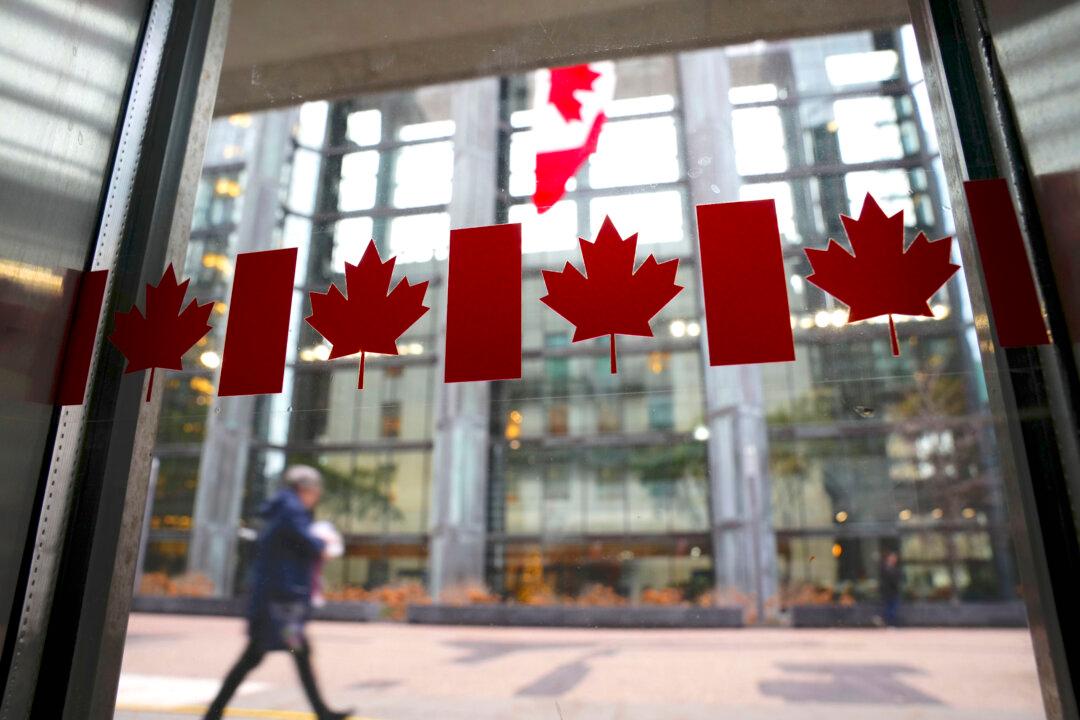OTTAWA—With its June 7 rate hike, the Bank of Canada pause lasted less than five months. In raising its overnight rate target by 25 basis points (0.25 percentage points) to 4.75 percent—the highest level since the spring of 2001—the BoC caught some market participants off-guard with the timing of the hike.
In ending its pause, the bank did not include in its June 7 statement any “forward guidance” language as it did on April 12, when it said it “remains prepared to raise the policy rate further.”
Regarding the central bank adopting the pause strategy and how it has played out, monetary policy expert Steve Ambler, a retired economics professor at Université du Québec à Montréal, told The Epoch Times that he thought the BoC was improving its communication in one respect—by making its forward guidance much more conditional on economic developments.
But Ambler added, “Despite all the qualifications in the January announcement about the pause being conditional, maybe they think they’ve kind of gotten themselves into a little bit of trouble about that. So maybe they said, ‘Well, let’s just cut out any forward guidance altogether.’”
In January, the Bank of Canada raised rates by 25 basis points (bps) and announced it would pause on hiking rates further to see how the economy and inflation evolved. The pause came after 4.25 percentage points of rate increases since early 2022.
But despite the lack of forward guidance from the BoC, Bay Street economists are saying the rate hikes aren’t done.
RBC was not expecting a rate hike on June 7, but is now saying another one come July is likely.
“The concluding statement doesn’t include a clear tightening bias, but our expectation has been that if the BoC was coming off the sidelines, they would intend to hike more than once—if 4.50 percent wasn’t restrictive enough it’s hard to think 4.75 percent is,” says an RBC note.
According to a June 7 note from Benjamin Reitzes, managing director and macro strategist at BMO, “If the data remain firm over the coming few weeks, another 25 bp hike in July looks likely.”
TD was expecting a 25 basis points rate increase on June 7 and is calling for another one in July, at which point it says the BoC will stop the hiking cycle with the overnight rate target at 5 percent.
“We do not believe 25bps will be enough to bring the economy back into balance and continue to look for another rate hike in July,” says a note from TD.
Pushing Out Any Potential Recession
The Bank of Canada will publish new quarterly forecasts on July 12, but other analysts have already done so in June and they reflect a stronger 2023 and a less rosy 2024 on balance.
In its world outlook, Deutsche Bank published on June 5 growth forecasts for Canada that showed a big drop expected for 2024 and slight improvements for 2023 and 2025.
Deutsche Bank’s forecast for 2023 growth is 1.4 percent, 0.7 percent in 2024, and up to 2.5 percent in 2025.
The Organisation for Economic Co-operation and Development (OECD) outlook, published on June 7, sees 2023 and 2024 growth both at 1.4 percent for Canada.
“To durably return inflation to target, the policy rate will need to remain at its current level of 4.5 percent until mid-2024,” according to the OECD, prior to the June 7 BoC rate increase.
The OECD projects Canada’s unemployment rate rising to 5.7 percent in 2024 from 5.2 percent in 2023.
In April, the BoC forecasted 1.4 percent growth for 2023 and 1.3 percent growth for 2024, before the rebound to 2.5 percent in 2025.





